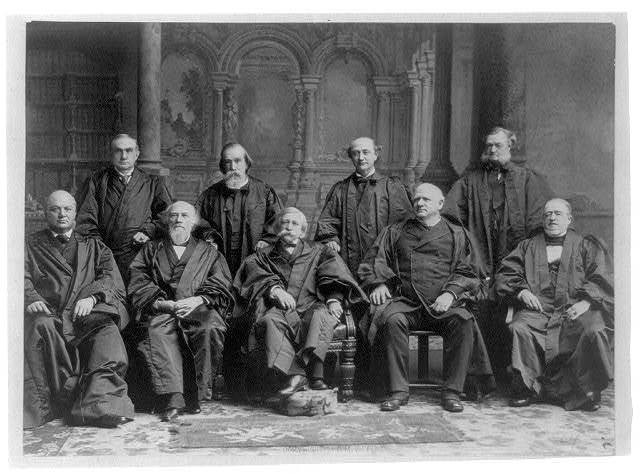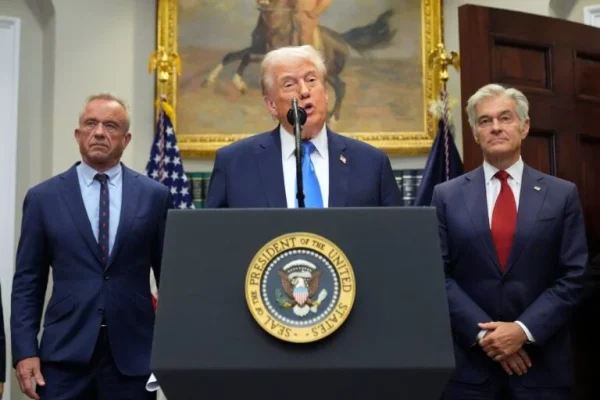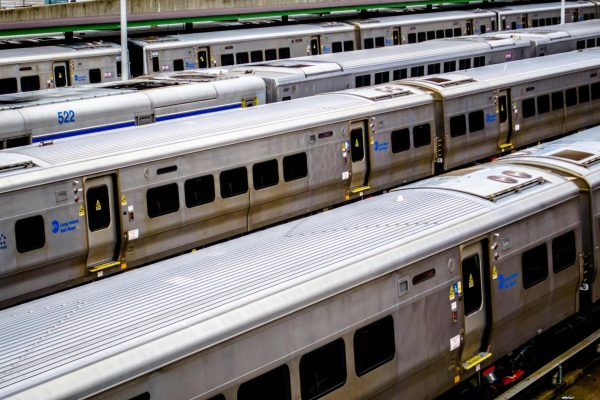The Supreme Court is fundamentally broken
November 6, 2022
On June 24, the Supreme Court officially overturned Roe v. Wade, the 1973 decision that reaffirmed abortion as a right in the United States. To date, this was the first instance of the Court revoking a previously established right raising questions about the legitimacy of the institution itself. After all, anyone under the age of 49 has lived their entire lives in a country where the right to an abortion has been unquestioned, and all of a sudden, the ruling of an unelected body of nine judges can imperil that.
The destruction of Roe, as judicially earth-shattering as it is, seems to only be the first step in a bid by the conservative-majority Court to roll back established precedent. In his concurring opinion of the Roe reversal, Justice Clarence Thomas stated that the Court should also reassess the right of same-sex couples to get married, and two weeks ago, the Court heard a case that would call into question the ability of universities to grant admission based on the consideration of race. These issues have been on the chopping block since they were initially ruled on, and with the delivery of three new conservative Justices appointed by former President Donald Trump, the Court has now been given carte blanche to ax any ruling it wants regardless of precedent.
This, however, is not the function of the Court. The role of the Judicial Branch is to decide whether laws are constitutional or not, and its members are supposed to reside above the partisan clashes of the other two branches. Technically speaking, the overturning of Roe v. Wade wasn’t a political decision; the Court ruled that because the right to an abortion was not “deeply rooted in this Nation’s history,” it was not protected by the Constitution. But to outside observers, the motive of the Court was clear. There were no new facts contextualizing this ruling that didn’t exist in 1973, and the only thing that changed was the makeup of the Court. The reversal of Roe v. Wade had nothing to do with constitutionality, the rule of law or states’ rights; it was a purely political decision that social conservatives had been itching for nearly half a century.
So, what should become of the Supreme Court? Reformers have suggested “packing” the Court with more Justices as President Franklin Delano Roosevelt proposed. While such a solution would act as an effective counterbalance to the conservative majority, it opens the door to an ever-expanding court that could be packed any time the President sees fit. A more effective approach would involve revoking the lifetime tenure granted to Supreme Court Justices by imposing term limits on the Court.
Currently, Supreme Court Justices are appointed for life, a privilege granted on the grounds that they remain apolitical. But the Court is inherently political, and there’s no putting that genie back in the bottle. Implementing term limits would ensure that the Court is dominated by fresh faces every few years and would relieve the pressure placed upon the highly partisan judicial confirmation process. More importantly, it would send a signal to the American public that the government can adapt to a changing political climate and leave the law-making to the Legislative Branch.
While such reform is unlikely to pass in the near future, it’s not completely unfeasible. Imposing term limits on the Court wouldn’t require a new constitutional amendment and could be done simply by the passage of a bill through Congress. In 2021, Rep. Ro Khanna floated a bill that would restrict the tenure of Supreme Court Justices to 18 years with a new justice being appointed every two years. This would mean that every President would have the opportunity to appoint at least two justices regardless of if a justice retires or dies during their time in office. In an era in which the Court is increasingly out of step with public opinion, judicial reform is crucial to prevent justices from rolling back rights with impunity.













